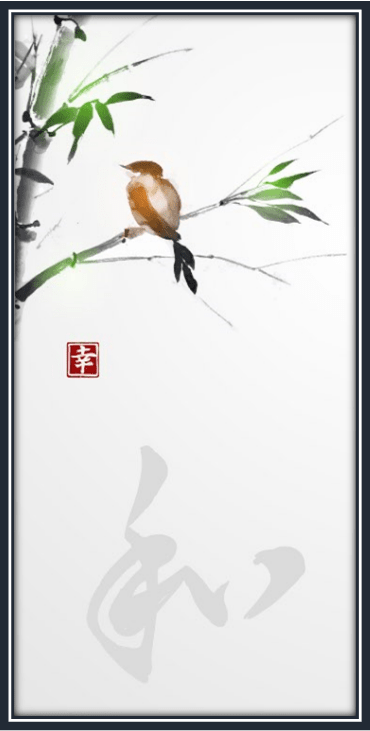Traditional Chinese medicine employs a variety of techniques to treat patients, often combining several techniques to achieve optimal effect. Here are some of the techniques used by Ms. Wu:
Acupuncture
The most famous of TCM techniques, acupuncture involves inserting fine needles into specific points along the body’s qi (“energy”) lines. The needles are disposable, sterile, and painless, and most people find acupuncture relaxing. This effective treatment invigorates and balances qi flow throughout the body, thus promoting its natural healing.
Moxa (Moxibustion)
Moxa, which often accompanies acupuncture, uses heat instead of (or in addition to) needles. It involves the burning sticks or lumps of dried mugwort over specific acupuncture points. The treatment is quite enjoyable, and the burned mugwort has an aroma that is bitter yet pleasant.
Nutrition and diet
Nutrition is a basic building block of good health – and of Traditional Chinese Medicine. In TCM, food is selected based on its qi profile (cooling, heating, etc.,) the organs it affects, the dietary effects of its flavor, and more. Unlike fixed dietary plans, TCM carefully tailors different diets to different people based on their basic constitution, current health needs, and individual restrictions.
Cupping
Cupping involves the use of heated glass suction cups to extract toxins from the body and relieve tension through vacuum. It leaves reddish marks on the skin, but these disappear within a few short days. The treatment has a massage-like feel, especially when performed on the back, and is perfectly safe.
Tuina (for children)
Tuina (pronounced tway-naa) is a body manipulation method somewhat similar to massage. It is often used in conjunction with other techniques, in order to stimulate blood flow and qi movement. The treatment involves moving, kneading, pressing, rubbing, and more. As an “external” TCM treatment, it is especially suited for more delicate patients, which is why Ms. Wu uses it to treat children.


